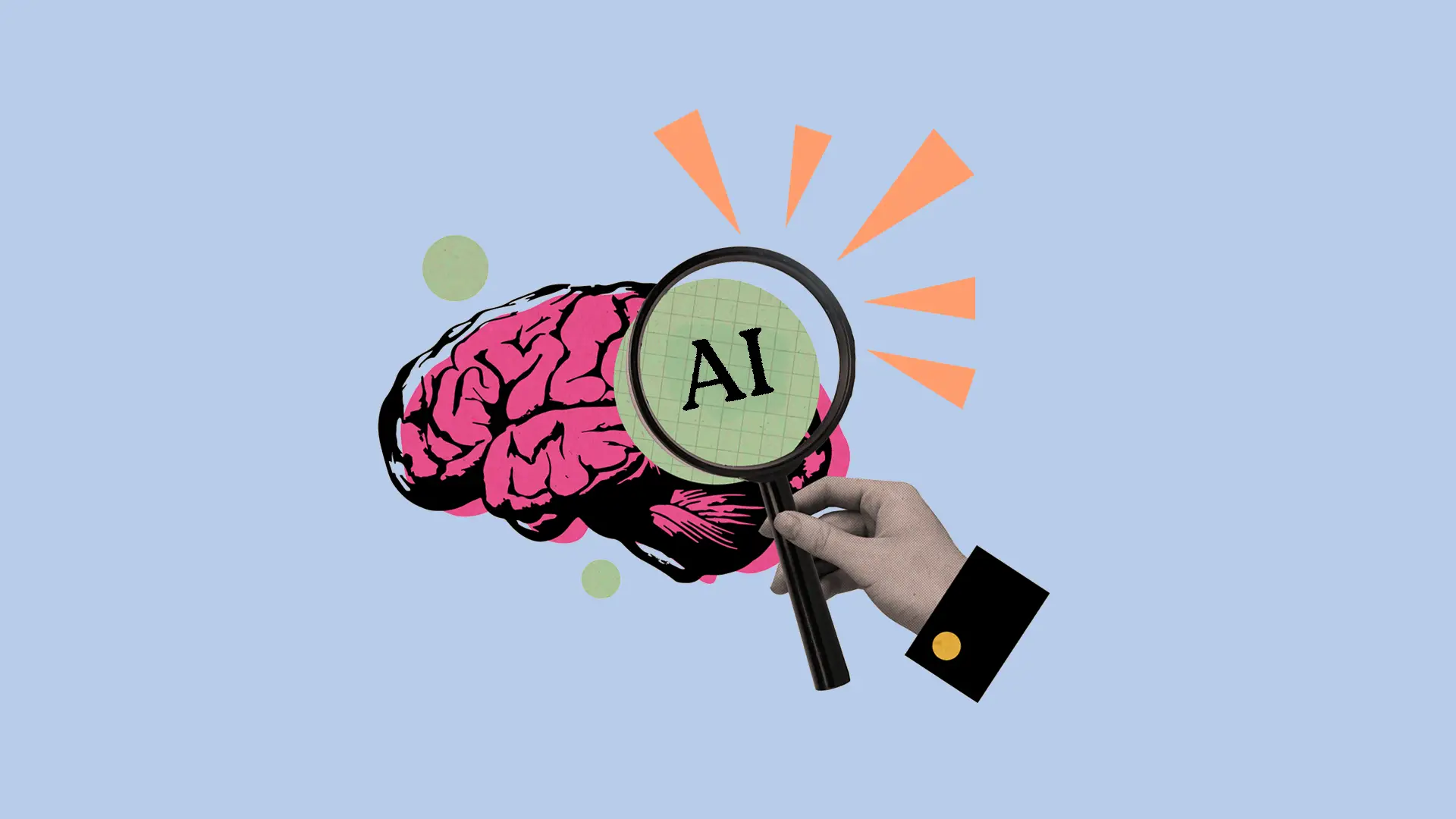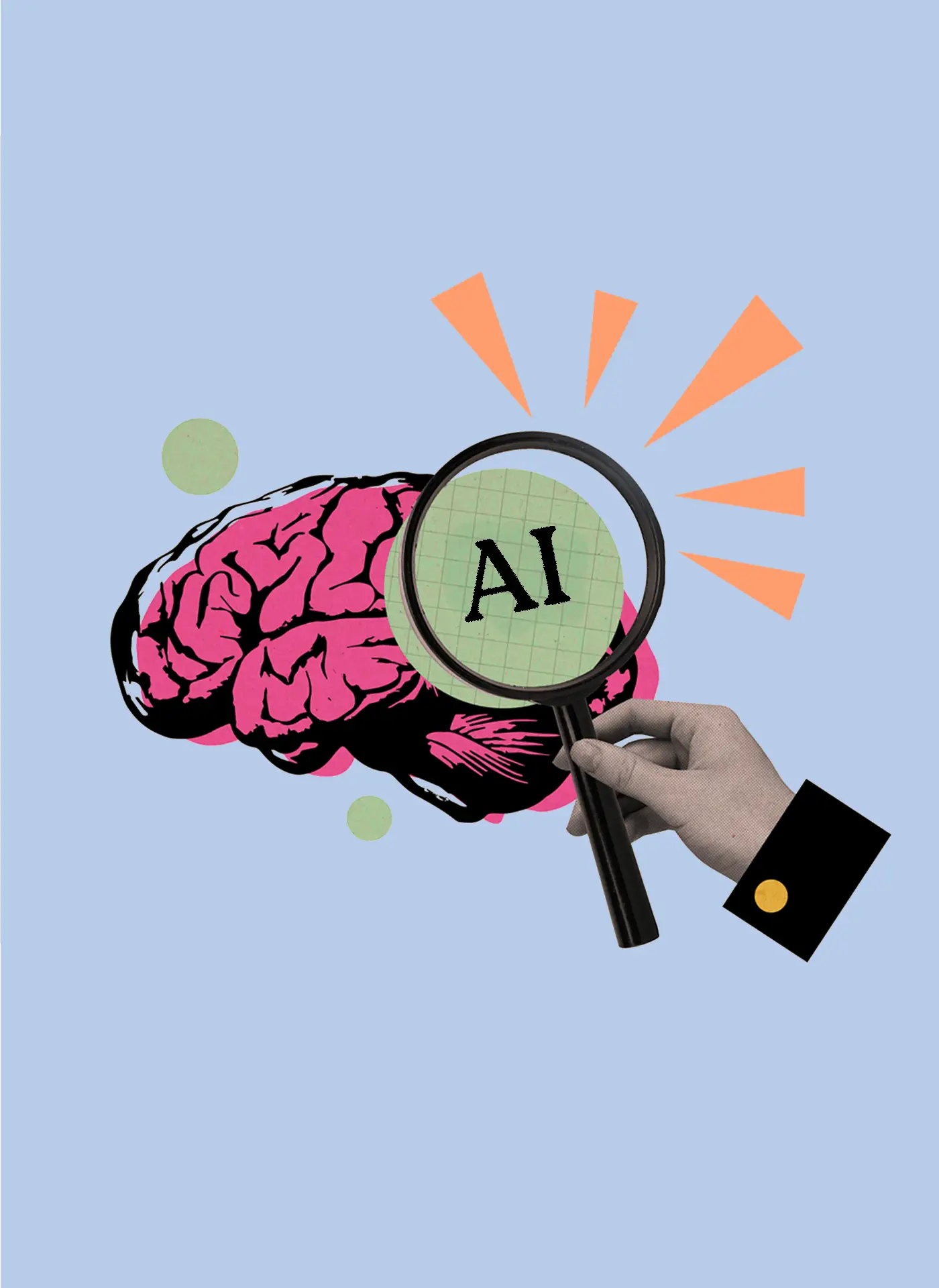Key Takeaways
- Address legal concerns early by understanding the core issues around bias, transparency, and human oversight in AI-powered VMS.
- Prioritize VMS solutions that demonstrate rigorous compliance with state, federal, and international regulations.
- Look for transparent systems that offer clear explanations for candidate scoring and enable ongoing human involvement.
- Foster strong collaboration between HR and Legal Teams to build trust, streamline adoption, and ensure responsible AI use.
Listen: How to move AI-powered VMS and recruitment platforms forward.
Imagine this scenario: Your HR Team is stretched to capacity, juggling a flood of resumes while trying to meet growing talent demands. You see the potential of implementing an AI-driven Vendor Management System (VMS) and recruitment platforms. But just as momentum builds, your Legal Team raises critical concerns—pausing progress until questions around bias, oversight, and transparency are resolved.
This isn't an uncommon challenge. The core issues? Worries about AI reinforcing bias, the necessity for tangible human oversight, and clarity around how candidate scoring works.
This kind of back-and-forth can stall innovation—but it doesn't have to. Understanding and proactively addressing these legal questions is the path to getting HR and Legal moving in the same direction. Let's look at the common legal concerns and what forward-thinking HR and Talent Managers should prioritize in AI-driven VMS and recruitment platforms.
Legal concerns—and solutions—for AI in VMS and recruitment platforms
Our conversations with clients and industry experts confirm that Legal Teams play an essential role in safeguarding organizations, often raising thoughtful concerns about AI in hiring. To help HR and Talent Managers proactively address these issues, we've paired each typical concern with the concrete features and practices you should seek from your VMS and recruitment platforms partners.
The risk of bias—and the need for rigorous bias testing
Bias is a top concern. Any system—AI included—can unintentionally replicate patterns from historic hiring data, so if past data shows disparities by gender or race, there's a real risk those inequities could persist. Legal Teams want evidence that the technology supports fair hiring and won't create exposure to discrimination claims.
What to look for:
Prioritize vendors who conduct regular, comprehensive bias evaluations spanning race, gender, and intersectional groups. Look for demonstrated outcomes that meet or exceed industry fairness benchmarks, such as the EEOC's Four-Fifths Rule. Additionally, the best solutions will accurately identify high-potential candidates across all groups and maintain fairness in selection rates—ensuring every candidate gets a fair shot.
A rapidly evolving regulatory environment—and a commitment to compliance
With regulations changing quickly across the U.S. and internationally, compliance with laws like New York City's bias audit requirements and the EU AI Act is crucial. Legal stakeholders need confidence that technology not only satisfies today's requirements but is also built to adjust to what's next.
What to look for:
Opt for AI-driven VMS and recruitment platform providers who are proactive about compliance, staying ahead of state and international laws. Ask about third-party audits, recent independent bias assessments, and whether the vendor can provide documentation of meeting privacy and fairness requirements—such as California's CPRA and the upcoming EU AI Act.
“Black box” systems—and the value of clear, actionable transparency
Opaque systems that can't explain how candidate scores are determined pose significant risks. In contrast, transparent solutions empower organizations to understand and back up hiring decisions with data.
What to look for:
Choose AI that provides clear, role-specific analytics to explain candidate scores and rankings. The platform should provide breakdowns of the criteria used and allow teams to see how and why candidates are surfaced. This level of transparency not only builds legal trust but also gives recruiters tools to review and adjust as needed.
The challenge of validation—and the importance of ongoing, auditable fairness
Validation is required under the law: scoring tools must be shown not to impact protected groups unfairly. However, this can be especially tough with complex or proprietary algorithms.
What to look for:
Work with vendors who can provide regular evidence of ongoing fairness, not just a one-time validation. Top solutions share recent impact analyses and open themselves to ongoing auditing—helping HR teams reassure legal colleagues that fairness checks are a core part of ongoing operations.
The importance of human oversight—not AI takeover
Legal teams and HR alike want to avoid relinquishing critical decision points to automation. An ideal system uses AI to empower people, not replace them, maintaining essential checks and balances.
What to look for:
Favor VMS and recruitment platforms that keep hiring decisions firmly in human hands, leveraging AI to expand recruiter reach but ensuring humans can always review, adjust, and make final selections. This collaborative model supports compliance while blending technology's efficiency with human expertise.
Preferences for sourcing support—over full automation
Often, Legal Teams and HR leaders are more comfortable when AI is used primarily for sourcing—helping identify and rank potential candidates—rather than making final hiring decisions.
What to look for:
Select platforms that are positioned as sourcing aids, not automated selectors. In these systems, the AI curates and ranks talent, but leaves the choice to your team—resulting in more room for human context and judgment and less legal sensitivity.
Prioritizing current job needs—over outdated historical patterns
Using AI that relies solely on historical data can perpetuate old biases; that's why emphasizing current, role-specific intelligence is increasingly seen as best practice.
What to look for:
Seek out vendors using modern, transformer-based AI that adapts to the nuances of each new job description—prioritizing present needs and fighting the risk of engraining outdated patterns into your hiring process.
Strategies for building legal buy-in
Collaborative adoption begins with honest dialogue and solid data. Here are steps you can take to unite HR and legal perspectives:
- Educate and inform: Invite Legal Teams into the process early. Share real-world data about system performance and fairness, and facilitate demonstrations or Q&A sessions with prospective vendors.
- Leverage data and stories: Bring case studies and substantive fairness data (such as the impact ratios mentioned above) to the table. Legal Teams want to see AI making hiring more equitable, not less.
- Insist on independent validation: Whenever possible, adopt technologies that agree to regular, third-party bias audits. This demonstrates both due diligence and a culture of accountability.
- Position AI as a risk mitigator: Show, with evidence, how well-designed AI tools create detailed audit trails and support consistent decision-making—often improving compliance and equity compared to traditional processes.
- Start with low-risk applications: Roll out AI for resume sourcing or scheduling before introducing it into more sensitive parts of the hiring workflow. Let Legal Teams see transparency and fairness in real time.
Moving forward together
Getting AI technology approved in your organization is often a shared journey—one involving open conversation, robust safeguards, and a commitment to fairness at every step. As your teams consider the future of recruitment, remember: Modern AI-driven VMS and recruitment platforms can be trusted partners when you demand the right things—evidence of fairness, actionable transparency, demonstrable compliance, and a supportive role for human decision-makers.
Together, HR and Legal Teams can unlock smarter, more efficient, and more equitable hiring practices—turning legal scrutiny into an opportunity to raise the bar for everyone involved.







